Wild Animals in Kruger
There are many great National Parks in the world. Yellowstone National Park, and Kruger National Park are some of the world’s best known. We recently visited Kruger and it was indeed an amazing experience.
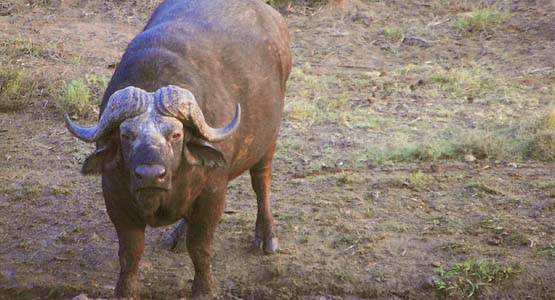
Our first stop was Punda Maria, one of the northern most lodges. Then over a week we winded and twisted our way to the southern most lodge, Lower Sabie. Just to let you know how big Kruger National Park really is, the distance from Punda Maria to Lower Sabie is a whopping 400 miles.
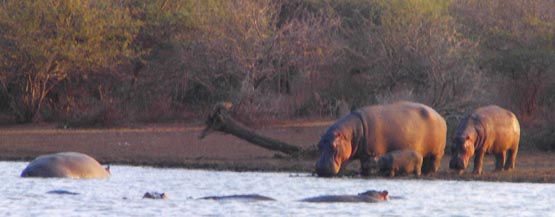
There are many roads in Kruger that you can take in your car to look for animals. There are also game drives you can go on with a guide. We did one game drive at sunset, just to see what it was like. But we did not see as much as we did in the car.

We entered the gate to go to the first lodge at Punda Maria and we didn’t have to go far before we saw Zebras, Warthogs, Impala, and many different kinds of birds. We stopped the car immediately and sat there watching the animals for about thirty minutes. As the days went by we hardly stopped for more than two minutes to watch something we had seen previously.
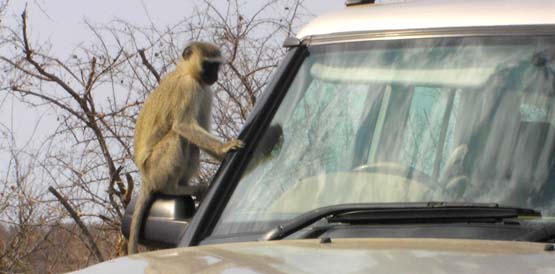
One of the coolest things we saw was a leopard in the Shingwedzi area, and since there are only 350 leopards in the park we were lucky to see one. Also after spotting the leopard we saw that there was a steenbok about ten feet from our car. We were thrilled to see that the leopard was stalking the animal. One minute the leopard would move a paw and the next minute another paw. This went on for about twenty minutes. In the end the leopard charged, but the steenbok escaped at the last second. After losing its prey the leopard just walked away like it wasn’t even trying to catch anything.
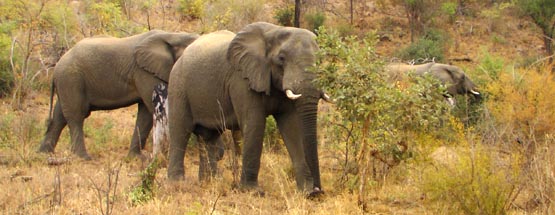
We saw a lot of elephants during our trip to Kruger National Park, but once when we were in the Letaba Lodge area we saw a huge pod of about fifty elephants. Since females travel with the babies, you can tell if the bigger elephants are male or female. The pod we saw had babies so you know the older elephants or bigger elephants were females. The only time males, females, and babies are together is when two or more pods territories overlap somewhere, and then they share the land where it overlaps.
During our forth day in Kruger we finally saw what we had been waiting and hoping we would see, lions. There were three lions, one male and two females, and they were mating. After searching for lions for four days we were definitely not moving from the spot we had. We stayed and watched them for two and a half hours. We only left because we had to make it to our new lodge before the gates closed at 6pm.

One day we went to a dam to see if we could see some animals. When we got there we found what looked like a pool party. There was a Hippo, Waterbucks, Greater Kudus, Birds, hundreds of Zebra, hundreds of Buffalo, Warthog, Crocodile, Impala and Sable antelope beside the water. Sable antelope was especially exciting as they are rare and hard to come by. The buffalo and zebra stick together. The buffalo didn’t really want any other animals near the water except the zebra. They chased away the warthogs and the sable antelopes. We were in awe to see all these animals together and to see how they bonded and responded to each other’s presence. The animals working together or against each other were interesting to see.

On our last day in Kruger the one animal of the Big 5 that we hadn’t gotten a good picture of was the leopard. We wanted to see another leopard, but we weren’t sure if we would see one. When we were stopped for lunch we found out that a leopard was sleeping in a tree just down the road. We drove to find it and stopped when we hit all the traffic. We wiggled our way into a good photographic spot and sat there for about three hours. In that time we learned how patient and lazy the leopard was. It had been there for five hours. It was napping. It would wake up every once in awhile it would move and reposition itself. Finally it climbed down the tree and disappeared into the bush.
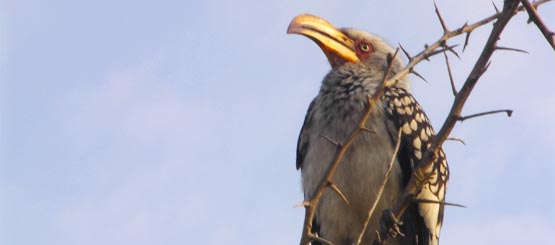
One nice thing about driving the entire length of Kruger was we got to see the changes in the landscape. As we moved farther south the landscape changed from the rocky mountains in the north to the vast savanna in the south. We are glad we got to see pretty much all of Kruger. You find different animals in the north than you do in the south. For instance, in the south you find hippos and wildebeest. In the north you find Baobab trees, which don’t grow in the south. In the end we all agree that Kruger National Park was a great experience for all.
Tags: Kids, Kruger, Photography, Safari, South Africa, Travel

Leave a Reply